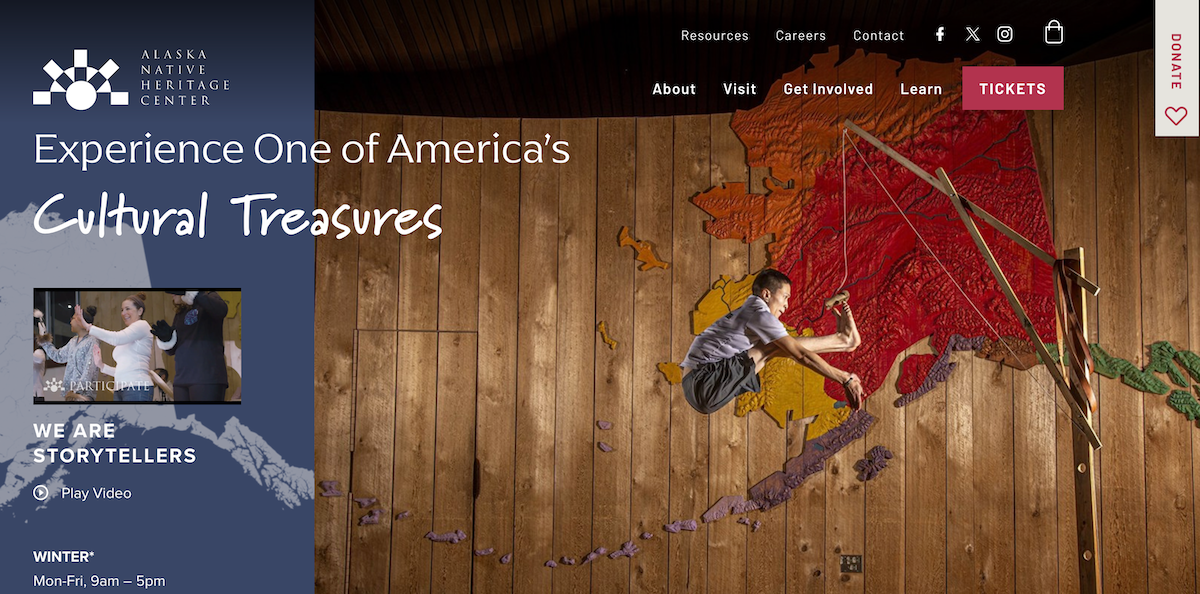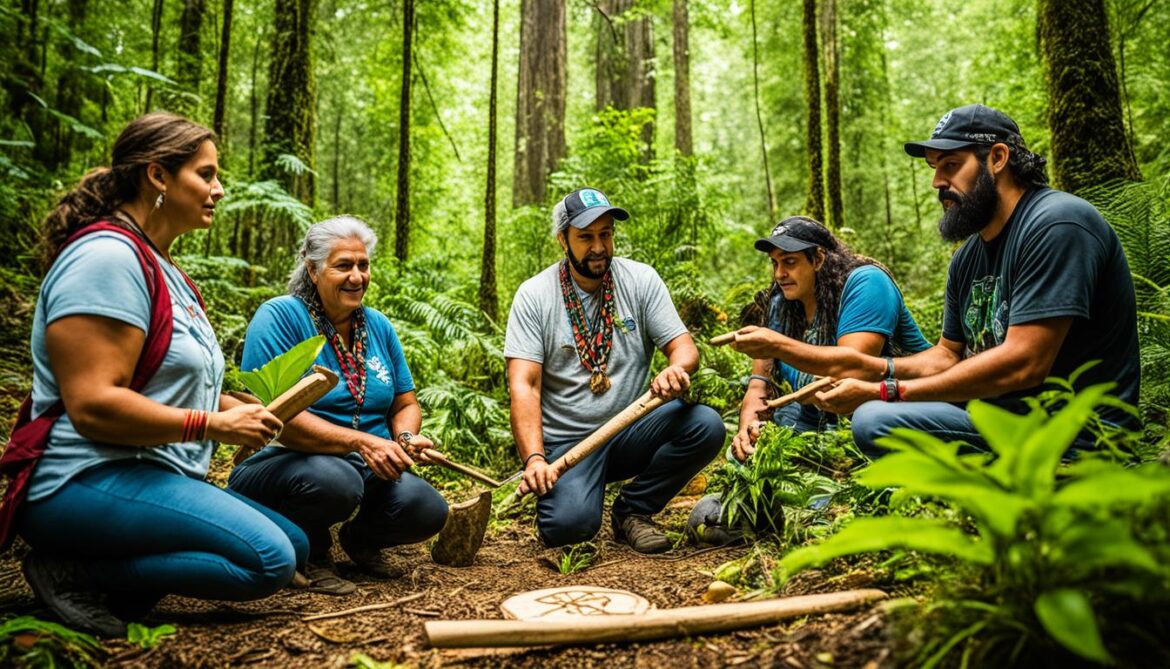
Indigenous Heritage Museum Conservation Efforts: A Paradigm Shift Towards Collaborative Stewardship
The conservation of Indigenous heritage within museum contexts has undergone a profound paradigm shift, moving from a predominantly Western, object-centric approach to one rooted in collaboration, cultural authority, and holistic stewardship. Historically, Indigenous artifacts were often collected under colonial pretenses, decontextualized, and preserved using methods that disregarded their cultural significance and the traditional knowledge embedded within them. Today, the field grapples with the ethical imperatives of decolonization, repatriation, and the co-creation of conservation strategies that respect Indigenous epistemologies, ontologies, and self-determination. This article delves into the multi-faceted efforts in Indigenous heritage museum conservation, exploring its historical context, core principles, practical methodologies, and the ongoing challenges and future directions.
I. Historical Context and the Call for Decolonization
For centuries, Western museums acquired vast collections of Indigenous cultural materials, often through coercive means, colonial expeditions, or as spoils of war. These objects were subsequently categorized, studied, and displayed according to Western scientific and aesthetic frameworks, frequently stripping them of their spiritual, social, and functional meanings. Conservation practices during this era primarily focused on the physical preservation of the object’s material integrity, employing scientific methods to stabilize deterioration, often without consulting the originating communities. This approach, while technically rigorous, was inherently ethnocentric, treating Indigenous heritage as inert artifacts ratherather than living cultural entities.
The latter half of the 20th century witnessed a growing global movement by Indigenous peoples demanding the return of ancestral remains, sacred objects, and cultural patrimony. This call for repatriation and the recognition of Indigenous cultural sovereignty challenged the very foundations of museum collecting and display practices. It highlighted the deep spiritual and emotional harm caused by the alienation of these items from their communities and the imperative to re-establish cultural connections. This advocacy catalyzed a fundamental re-evaluation of conservation ethics, pushing for a decolonization of museum practices that acknowledges past injustices and empowers Indigenous voices in the care of their heritage.

II. Core Principles of Contemporary Indigenous Heritage Conservation
The contemporary approach to Indigenous heritage conservation is built upon several foundational principles that prioritize respect, collaboration, and cultural authority:
- Self-Determination and Cultural Authority: At its core, this principle asserts that Indigenous communities are the primary decision-makers regarding the care, interpretation, and disposition of their heritage. This extends beyond mere consultation to genuine partnerships where Indigenous perspectives, protocols, and spiritual beliefs guide all conservation interventions.
- Repatriation and Re-matriation: While repatriation traditionally refers to the physical return of objects, the concept of "re-matriation" emphasizes the holistic process of restoring cultural connections, healing historical wounds, and revitalizing Indigenous practices associated with the returned heritage. Conservation efforts in this context often involve preparing items for safe return, sometimes adapting methods to facilitate their re-integration into community life and ceremony.
- Holistic Preservation: Indigenous heritage is often understood holistically, encompassing not just physical objects but also intangible aspects such as languages, oral histories, ceremonies, land-based knowledge, and intergenerational teachings. Conservation efforts therefore extend beyond the material to support the revitalization of these intangible elements, recognizing that the object’s true meaning resides within its cultural context and living traditions.
- Ethical Engagement and Consultation: Meaningful and sustained engagement with Indigenous communities is paramount. This involves transparent communication, active listening, respecting traditional protocols for knowledge sharing, and ensuring that conservation plans are culturally appropriate and mutually beneficial. Trust-building is a continuous process.
- Decolonization of Practices: This principle challenges Western scientific hegemonies in conservation by integrating Indigenous knowledge systems, worldviews, and practices. It involves questioning established norms, diversifying methodologies, and recognizing the validity of Indigenous approaches to material care, often rooted in centuries of ancestral knowledge.

III. Practical Conservation Methodologies and Innovations
The application of these principles has led to innovative and adaptable conservation methodologies:
-
Material-Specific Conservation with Cultural Nuance:
- Organic Materials (Textiles, Wood, Basketry, Featherwork): These materials are particularly susceptible to environmental degradation, pests, and handling damage. Conservation involves meticulous cleaning, stabilization, structural support, and environmental controls (temperature, humidity, light). However, the critical distinction lies in integrating Indigenous knowledge about the original materials, their construction, traditional repair methods, and the cultural significance of aging or patina. For example, some communities may prefer minimal intervention to respect the object’s journey, while others may opt for traditional re-treatment methods.
- Inorganic Materials (Stone, Ceramics, Metal): Stabilization, cleaning, and structural repair are common. Yet, conservators must be acutely aware of the cultural significance of surface treatments, pigments, and the context of their use. Interventions are often guided by community input to ensure the aesthetic and spiritual integrity is maintained.
- Ancestral Remains: The conservation of ancestral human remains is a highly sensitive area, predominantly focused on respectful care, preparation for repatriation, and reburial protocols. Minimal intervention is the standard, prioritizing the dignity and spiritual well-being of the ancestors over scientific study or display.
-
Environmental Control and Traditional Knowledge: While scientific standards for environmental parameters (e.g., stable relative humidity and temperature) are crucial for material preservation, Indigenous perspectives often inform storage and display solutions. This might include incorporating traditional materials for wrapping or storage that align with cultural practices, or considering the spiritual "comfort" of an object in its environment.
-
Documentation and Digital Preservation: Comprehensive documentation is vital, moving beyond mere physical descriptions to include extensive cultural context, oral histories, traditional names, and narratives provided by community members. Digital technologies play a transformative role, enabling:
- Digital Surrogates: High-resolution 3D models and images can provide virtual access, facilitate research, and serve as ethical alternatives to physical handling or display, especially for sacred objects.
- Virtual Repatriation: Digital copies can be shared with originating communities, allowing for cultural revitalization and study even when physical repatriation is complex or ongoing.
- Language Revitalization: Documenting objects alongside their Indigenous language names and associated stories contributes to linguistic preservation.
- Ethical Access: Digital platforms allow for controlled access, ensuring that sensitive information or images are only shared with appropriate community members.
-
Capacity Building and Training: A critical aspect is empowering Indigenous individuals to take on conservation roles. This involves developing training programs that bridge Western conservation science with traditional knowledge, fostering Indigenous conservators, curators, and cultural heritage workers who can manage their own collections and sites. This ensures long-term sustainability and cultural relevance of conservation efforts.
-
Co-Curation and Exhibition Development: Collaborative exhibition design ensures authentic representation and allows Indigenous communities to tell their own stories in their own voices. Conservation efforts support these exhibitions by ensuring the objects are stable for display, while also respecting cultural protocols around public viewing or handling.
IV. Challenges and Future Directions
Despite significant progress, Indigenous heritage conservation faces ongoing challenges:
- Funding and Resources: Many Indigenous communities and smaller museums lack the necessary financial resources and infrastructure for comprehensive conservation programs, hindering the implementation of best practices.
- Institutional Resistance: Overcoming ingrained colonial mindsets and systemic barriers within larger institutions remains a challenge, requiring continuous advocacy, education, and policy reform.
- Legal and Policy Frameworks: While repatriation laws exist in some regions (e.g., NAGPRA in the U.S.), their implementation can be complex and slow. Strengthening international and national legal frameworks to support Indigenous cultural rights and heritage protection is crucial.
- Climate Change: Indigenous heritage, particularly land-based cultural sites and organic materials, is increasingly vulnerable to the impacts of climate change, demanding innovative and adaptive conservation strategies.
- Sustainability of Partnerships: Building and maintaining long-term, equitable partnerships requires ongoing commitment, clear communication, and mutual respect, which can be challenging given shifting institutional priorities and community leadership.
The future of Indigenous heritage museum conservation is poised for deeper integration of Indigenous ontologies, further decolonization of institutional structures, and a continued focus on supporting the vitality of living cultures. It necessitates moving beyond mere "consultation" to true "co-creation" and "self-governance" of heritage. This evolving field represents a powerful movement towards reconciliation, cultural revitalization, and a more ethical and inclusive understanding of global heritage for all humanity.


